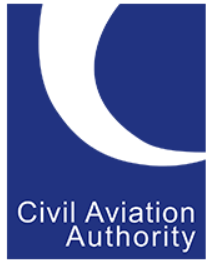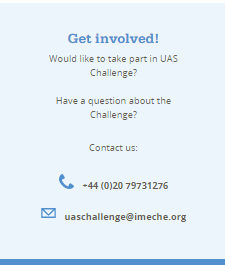The UK Civil Aviation Authority (CAA) is pleased to confirm the appointment of Rob Bishton as its new Group Director of Safety and Airspace Regulation. This follows a global recruitment process, including both internal and external candidates.
Rob has been at the CAA since 2014, where he is currently Head of Flight Operations and a member of the Safety and Airspace Regulation’s senior leadership team. He has extensive experience in the aviation industry, including as former Operations Director at Fastjet and as a commercial pilot with over 10,000 flying hours. Rob also brings significant board experience and is currently a non-executive director of the UK Flight Safety Committee. He is also a former general aviation helicopter pilot and intends to start flying light aircraft again.
He will take up his new post on 6 November and will assume accountability for all the CAA’s safety and airspace regulatory functions. He will also become an executive director and sit on the CAA board. Rob will take over from Mark Swan, who is leaving the CAA after 11 years to take up the new role of Head of the Airspace Change Organising Group (ACOG).
Richard Moriarty, Chief Executive of the CAA, said: “I am delighted to appoint Rob as Group Director of Safety and Airspace Regulation. His drive, focus, and experience will be crucial as we tackle some of the big issues in aviation in the coming years. Rob has already made a huge impact on the CAA in his current role, and I look forward to working closely with him as we undertake our most important duty – protecting the travelling public.
“I’d also like to offer my most heartfelt thanks to Mark Swan, who leaves the CAA after 11 years. Mark has reformed the way the CAA approaches our safety regulation, introducing performance-based oversight, and has made an enormous impact on the culture of the organisation. He will be much-missed, and we all wish him the best for his new role, where we will no doubt still have the opportunity to work together as we strive to modernise airspace.”
Commenting on his appointment, Rob Bishton, said: “I am really thrilled to be stepping into this role at such a critical time for UK aviation. Whether it is the integration of drones into our skies or the modernisation of the UK’s airspace, we are in the midst of both a challenging and rewarding period. I look forward to working with colleagues as well as the whole sector – both commercial and general aviation – so that we can continue to lay claim to one of the safest aviation systems in the world.”
Notes to editors
Biographical notes
A commercial pilot by trade, Rob has extensive management and regulatory experience in the aviation sector. He has over 10,000 flying hours, including as captain, on a wide range of aircraft (Boeing 737, 757, 767, 777, 787 and Airbus A320 family) as well as broad experience as a trainer and examiner. He was Group Operations Director at Fastjet, as well as a former Chief Pilot and Head of Flight Operations at easyJet.
He has held various other management and training roles in airlines. He currently represents the Safety and Airspace Regulation Group at the CAA’s International Group Executive Committee and is a member of the Industry Resilience Group. Rob is also a keen sportsman, having played football for Aston Villa and worked as an instructor at the British Academy of Motorsport.
4th October 2019





